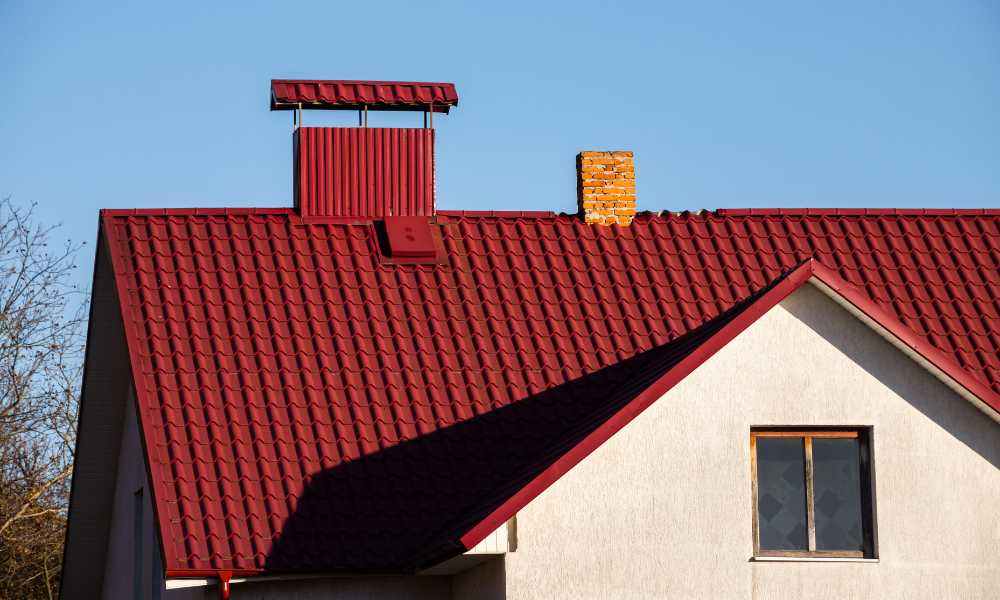Selecting the right roof is a decision that affects the appearance, durability, energy efficiency, and resale value of your house. With so many options available, it can be challenging to determine which type of roof best suits your needs. This article will guide you through how to choose the best type of roof for your home, considering factors such as climate, durability, cost, and aesthetics.
Consider Your Climate
The climate in your area plays a significant role in determining the most suitable roof type. For example, in regions with heavy snowfall, a sloped roof is preferable to prevent snow accumulation. In hot and sunny areas, reflective roofing materials can help keep your home cooler and reduce energy costs. Additionally, consider the frequency and intensity of storms in your area, as some materials are better suited to withstand high winds and hail. Consulting with local roofing experts, such as Austin roofing professionals, can provide valuable insights into the best roofing options for your specific climate.
Assess Durability and Lifespan
Different roofing materials offer varying levels of durability and lifespan. Asphalt shingle roofing, for instance, is popular for its affordability but typically lasts 20 to 30 years. In contrast, metal roofs can last up to 50 years or more and are highly resistant to weather damage. Consider how long you plan to stay in your home and whether you’re looking for a long-term investment or a more cost-effective short-term solution. Also, factor in the potential for repair and maintenance costs over the lifespan of the roof, as some materials require more upkeep than others.
Evaluate Cost and Budget
The cost of a new roof can vary widely depending on the material, size, and complexity of the installation. It’s essential to set a realistic budget and compare the initial costs with the long-term value. While some materials may have a higher upfront cost, their durability and energy efficiency can lead to savings over time. Obtaining multiple quotes from reputable roofing contractors can help you find the best value within your budget. Additionally, consider any available financing options or incentives for energy-efficient roofing materials that can further offset the initial investment.
Analyze Aesthetic and Architectural Style
The roof is a prominent feature of your home’s exterior, so be sure to choose a style and color that complements your home’s overall aesthetic. Consider the architectural style of your house and look for roofing materials that enhance its appearance. Whether you prefer the traditional look of shingles or the modern appeal of metal, there’s a roofing material that can match your style and enhance your home’s curb appeal. Keep in mind that the color of your roof can also impact its heat absorption, which can affect your home’s energy efficiency.
Research Maintenance and Upkeep
Some roofing materials require more maintenance than others. For example, wood shingles may need regular treatment to prevent rot and insect damage, whereas metal roofs are relatively low-maintenance. Consider how much time and effort you’re willing to invest in upkeep when choosing your roofing material. A low-maintenance roof can save you time and hassle in the long run. Be sure to factor in the long-term costs of maintenance and repairs when making your decision, as these can add up over the lifespan of the roof.
Look into Energy Efficiency and Environmental Impact
Energy-efficient roofing materials can help reduce your home’s heating and cooling costs. Look for options with reflective surfaces or insulating properties to improve your home’s energy efficiency. Additionally, consider the environmental impact of the materials. Some roofing options, like recycled metal or green roofs, offer sustainability benefits that can reduce your home’s carbon footprint. Choosing a roofing material that aligns with your environmental values can contribute to a more sustainable future while you save money on energy bills.
Conclusion
Choosing the best type of roof for your home involves careful consideration of various factors, including climate, durability, cost, aesthetics, maintenance, and energy efficiency. By taking the time to research your options and consult with professionals, you can select a roof that looks great and provides long-lasting protection and value for your home. Whether you opt for the classic charm of asphalt shingles or the sleek durability of metal, the right roof can enhance your home’s beauty and functionality for years to come. Remember, a well-chosen roof is an investment in the safety and comfort of your home, and it can significantly contribute to its overall value.





